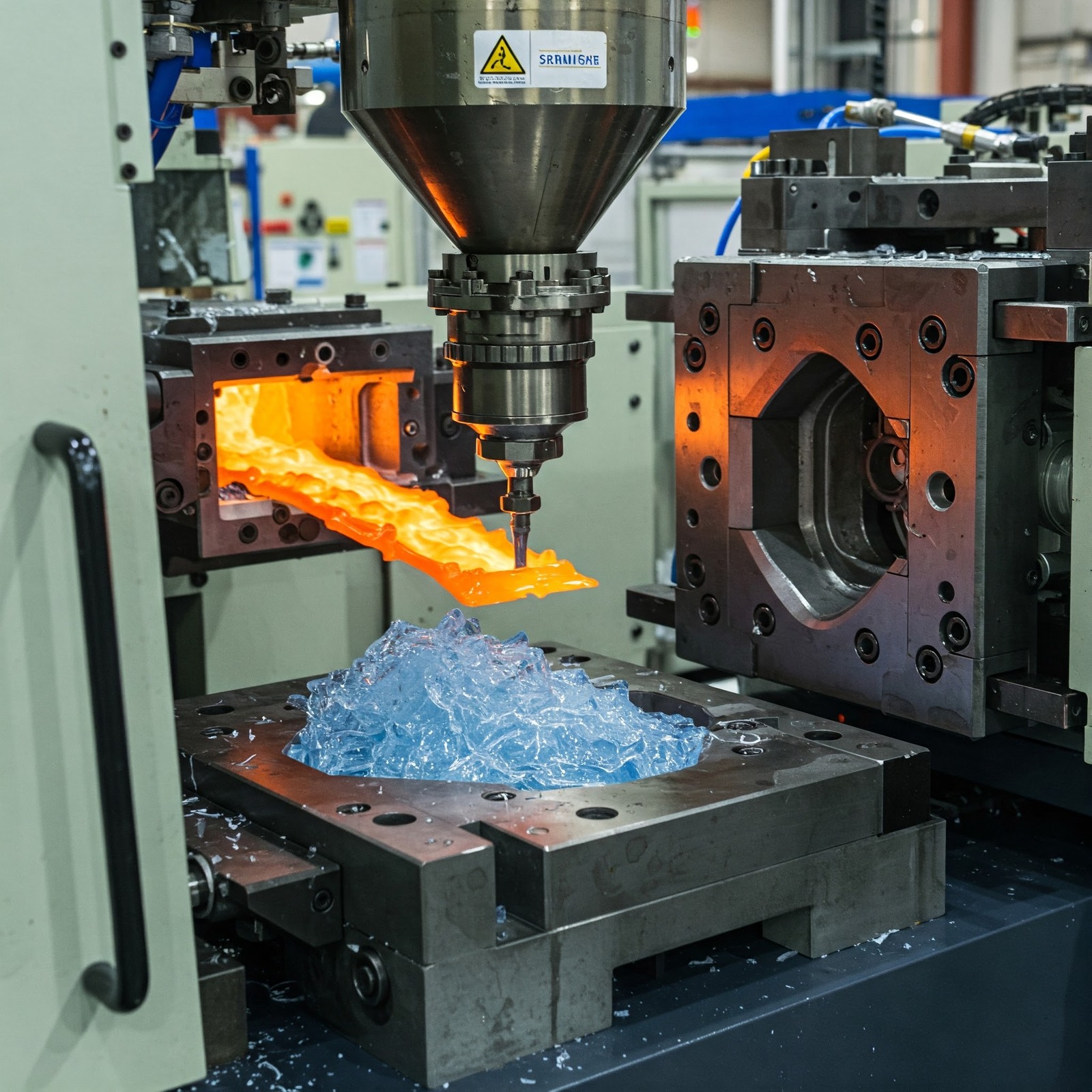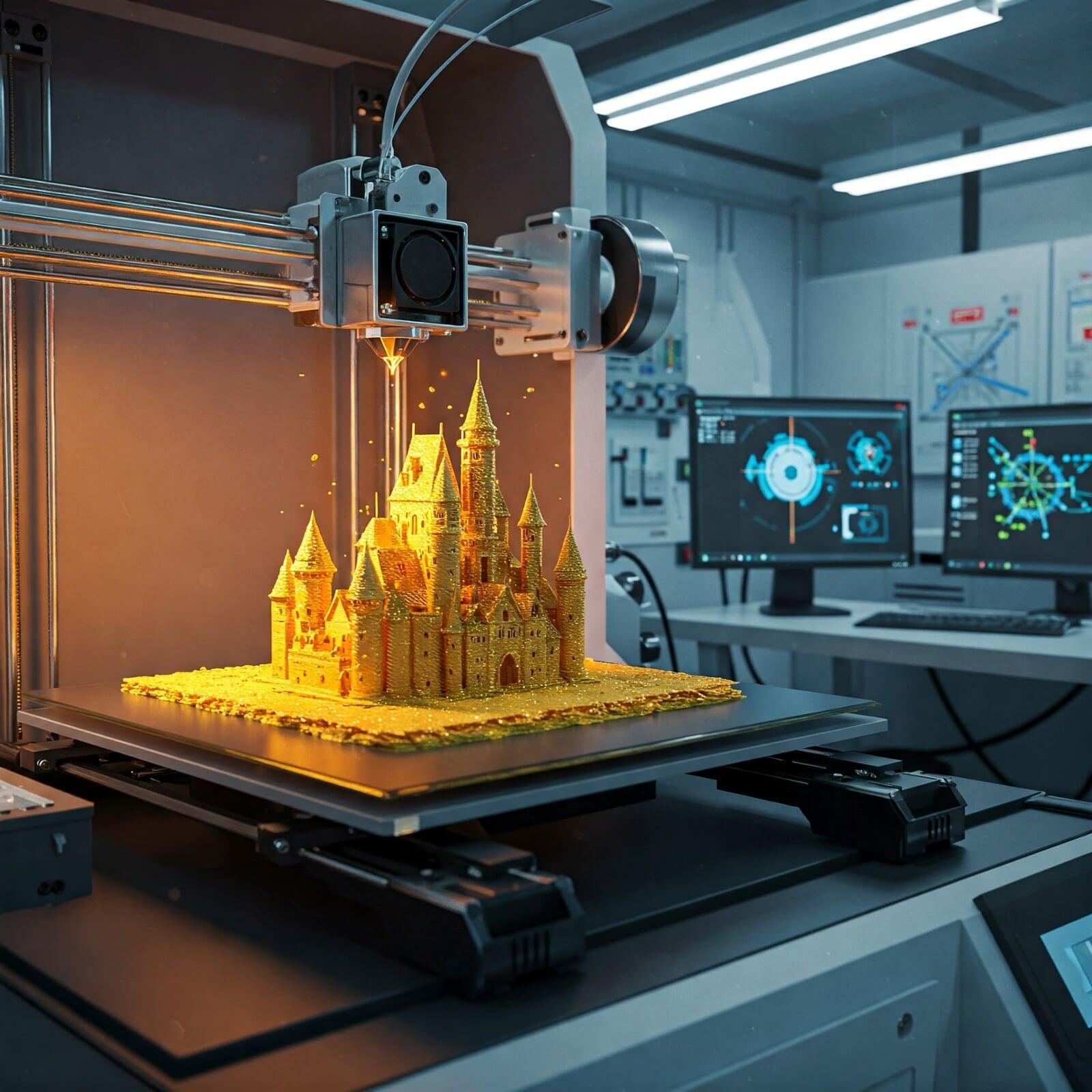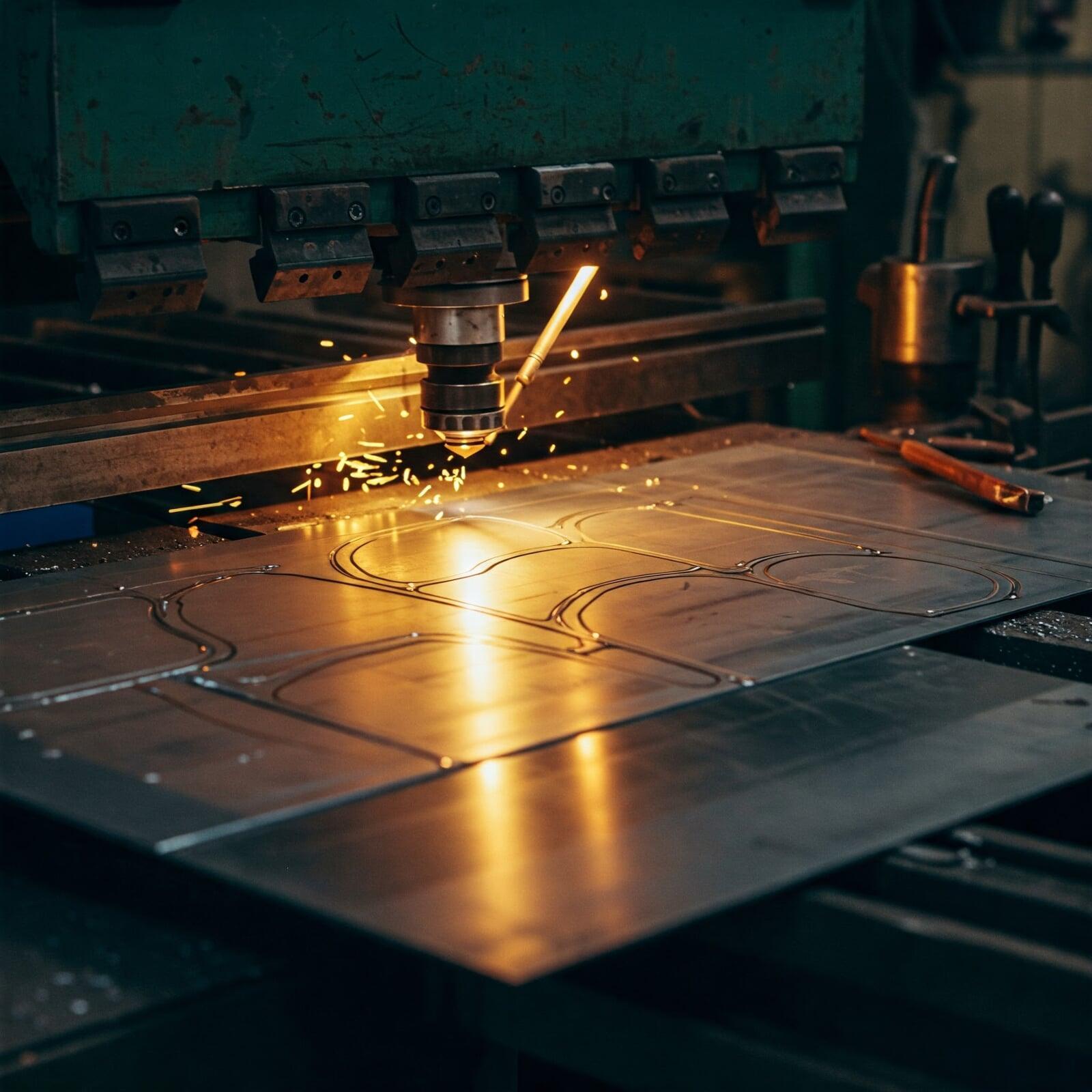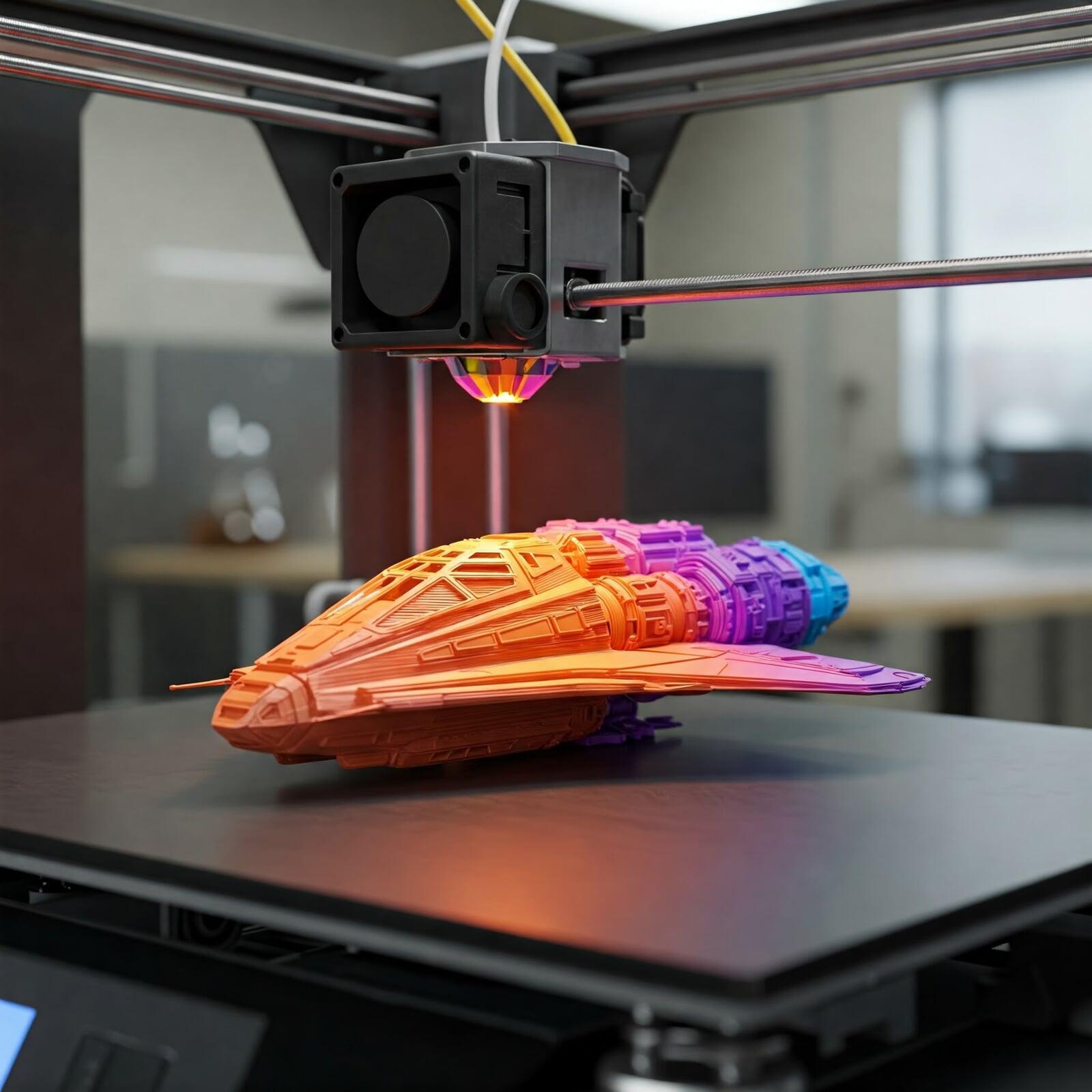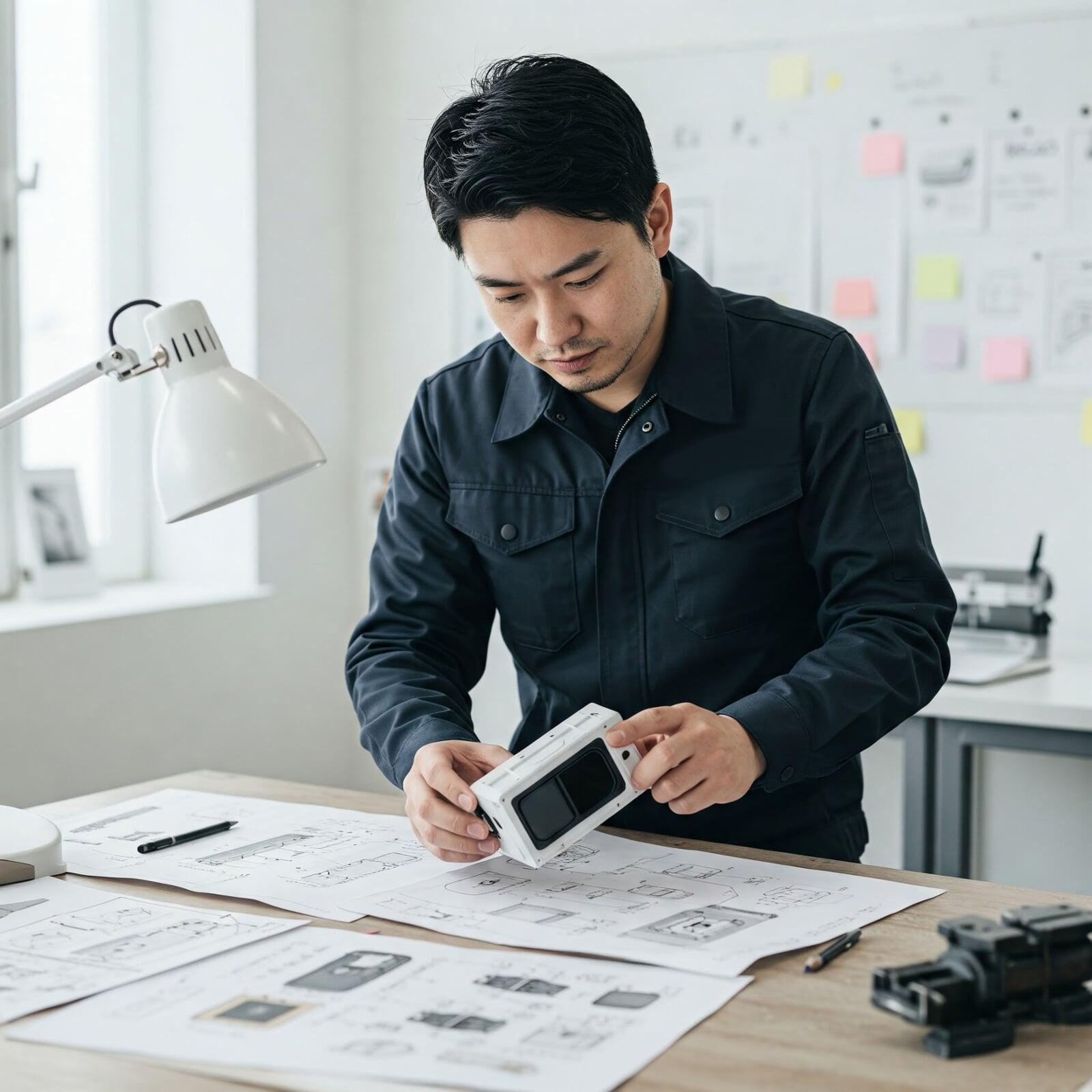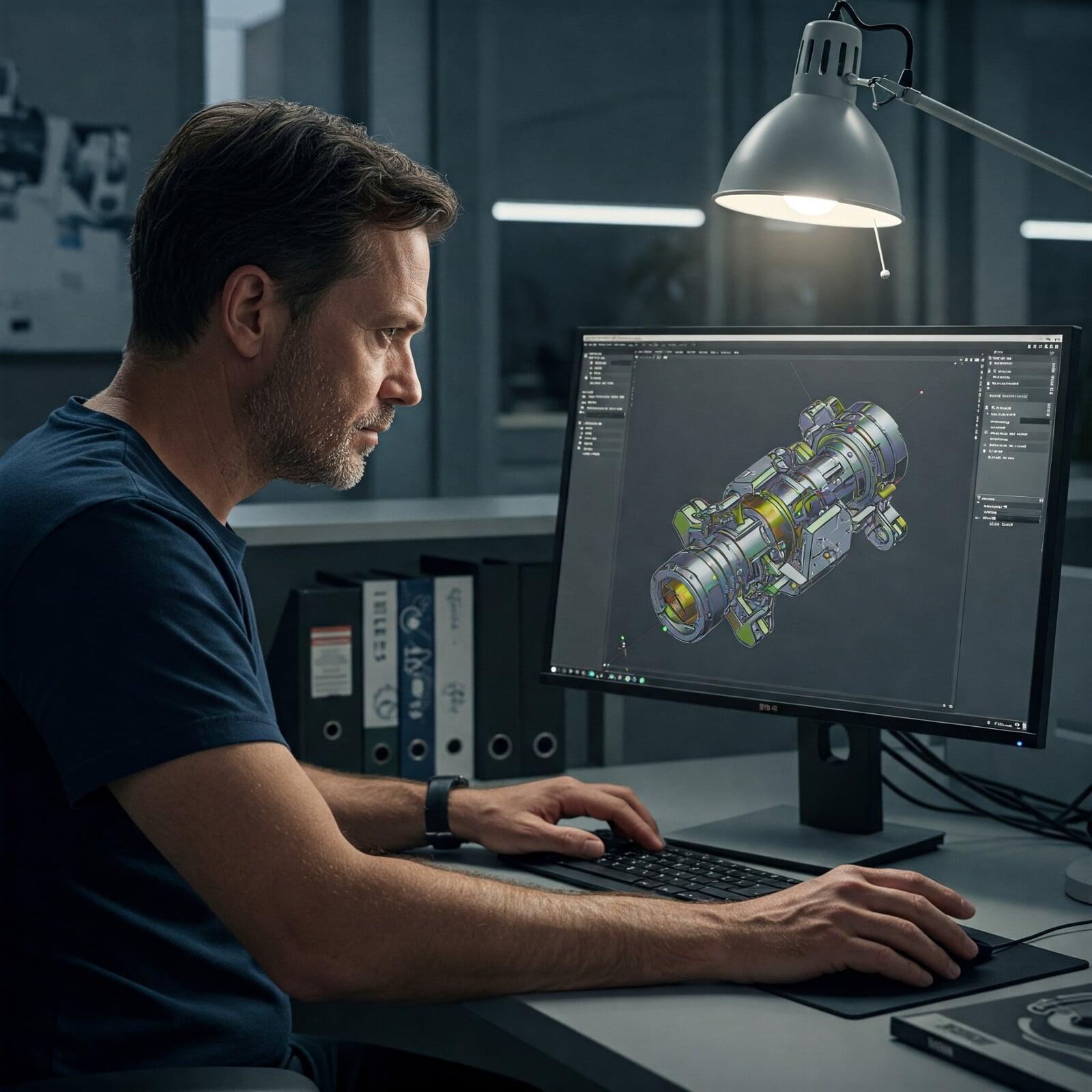At Trustbridge, we help companies redesign existing parts and assemblies to reduce cost, improve performance, and simplify manufacturing. Whether you're looking to lower your bill of materials (BOM), optimize for a new process, reduce part count, or improve a product’s reliability and aesthetics, our engineering team delivers strategic redesigns that make a measurable impact. We combine mechanical design expertise with deep manufacturing knowledge — so every design decision is made with the realities of cost, scalability, and sourcing in mind. The result: parts that are easier to build, cheaper to produce, and better at doing their job.
Redesign for Cost Reduction or Performance: Optimize Your Product For Efficiency and Excellence
What We Offer
